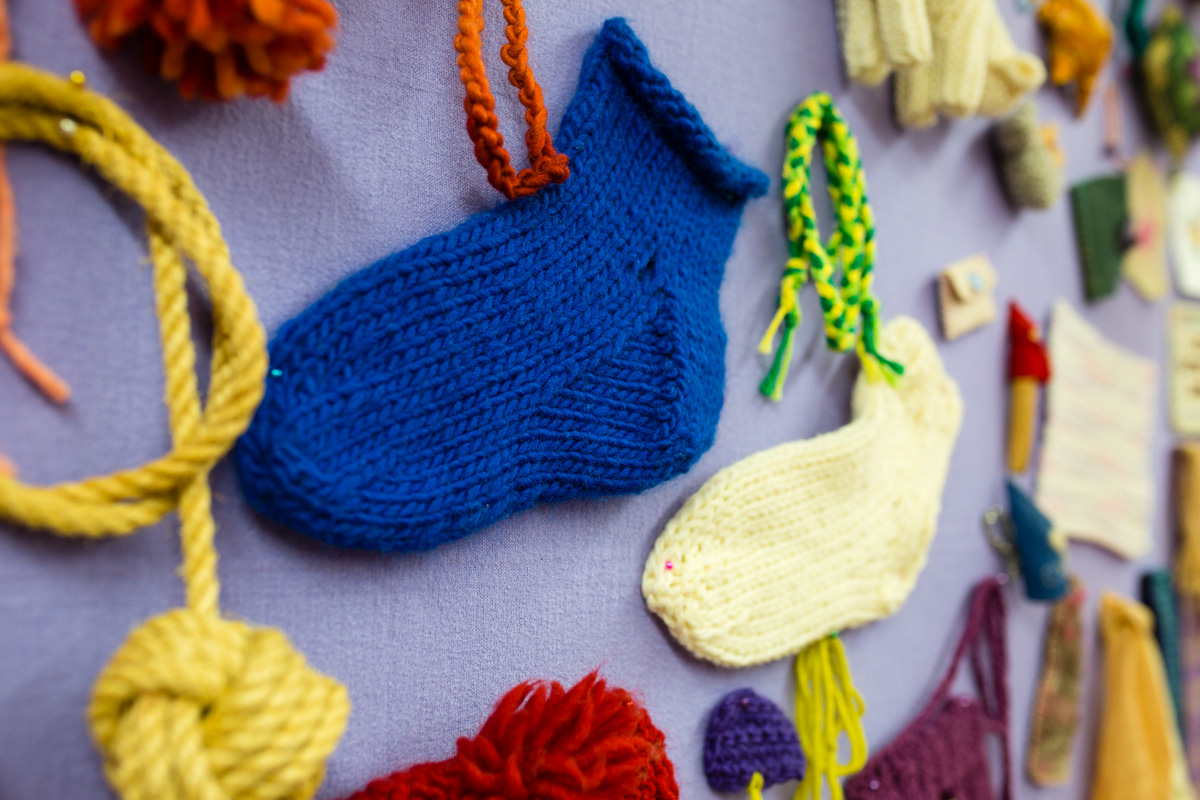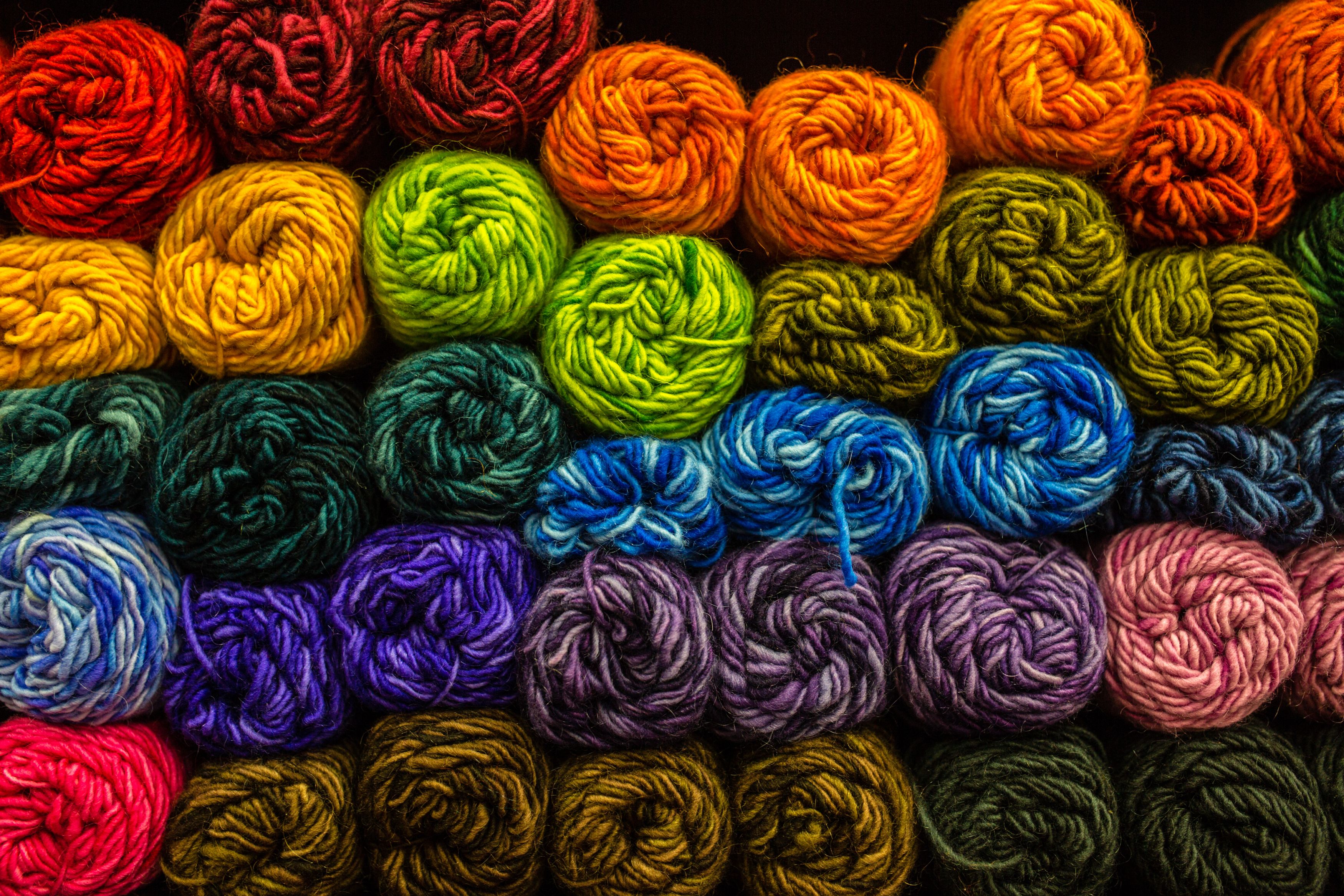

The Many Wonders of Handwork

Handwork is a valuable complement to academics. It gives students a well-deserved sense of accomplishment and provides a valuable balance to the educational framework. During the rhythm of the day, a period of attentive focus on individual handwork is a beat of the rhythm – part of the pendulum swing between academics and practical work, between receptive and active learning.
Handwork supports the foundations for academic skills: two hands working together unite the two sides of the body and the two hemispheres of the brain.
 At every stage of life, working with your hands provides stress relief. The process of using natural materials and the sensory pleasure of working with texture and color to create practical and beautiful items is inspiring, and nourishes the heart and soul.
At every stage of life, working with your hands provides stress relief. The process of using natural materials and the sensory pleasure of working with texture and color to create practical and beautiful items is inspiring, and nourishes the heart and soul.
Practical arts provide us with the experience of making something from the simplest of natural, raw materials. Through this experience we develop a powerful sense of agency; students implicitly transcend the mundane and step into a deeper relationship with the world around them.
To the observer, hands are at work, but students must first consider and plan their project, learning to think in three dimensions. Through striving for beauty in form and color, students develop a heart-felt relationship with their project, especially when the fruits of their labors are beautiful, truly functional, and perhaps given as a gift.
When doing handwork, something from the material world is transformed through being “worked” in order to approach the craftsperson’s intended goal and something from individual imagination or inspiration is brought from immaterial realms into physical reality. This creative activity mediates between the seen and the unseen; the material and the imagination.
Two hands working together establishes and strengthens all–important new perceptive and cognitive connections; smooth eye-tracking and visual pattern recognition are fostered; hand-eye coordination and fine finger movement are developed. Focus and concentration are required, as are perseverance, patience, and attention to detail.
It has been well documented that fine finger dexterity builds brain synapses and fosters cognitive development. Handwork requires a close engagement with natural materials, differentiating between wool and cotton, for example. Sharpening observational skills and perception, handwork imparts a powerful, implicit message of interconnectedness and interdependence with the environment.
 In addition, contributing to others’ well-being by producing a beautiful or functional item by hand connects the craftsperson to other craftspeople engaged in the same work throughout history and through many other cultures. Seeing a sheep being shorn, learning about wool, and observing a spinner at work are valuable experiences, but deeper and more meaningful learning is achieved if a student has the opportunity to handle the wool, to spin their own yarn, and to make something useful from it, just as so many spinners have done for thousands of years.
In addition, contributing to others’ well-being by producing a beautiful or functional item by hand connects the craftsperson to other craftspeople engaged in the same work throughout history and through many other cultures. Seeing a sheep being shorn, learning about wool, and observing a spinner at work are valuable experiences, but deeper and more meaningful learning is achieved if a student has the opportunity to handle the wool, to spin their own yarn, and to make something useful from it, just as so many spinners have done for thousands of years.
The self-correcting nature of physical craftwork gives immediate and tangible feedback. The sustained focus and obvious and immediate consequences of traditional craftwork can lead to more sound decision-making and improved life choices, extending beyond the immediacy of the craft itself into seemingly unrelated areas.
Sustained attention and deferred gratification are closely linked to impulse control, which is learned through the inherent lawfulness imparted through learning crafts. Impulse control and delayed gratification are closely linked to later academic success.
Handwork and other practical arts help promote brain development, environmental integration, pragmatism, and self-esteem. Through combining practicality and artistry and nourishing the soul with the beauty of texture, color, and form, it helps pave the way for rich and engaging academics.
